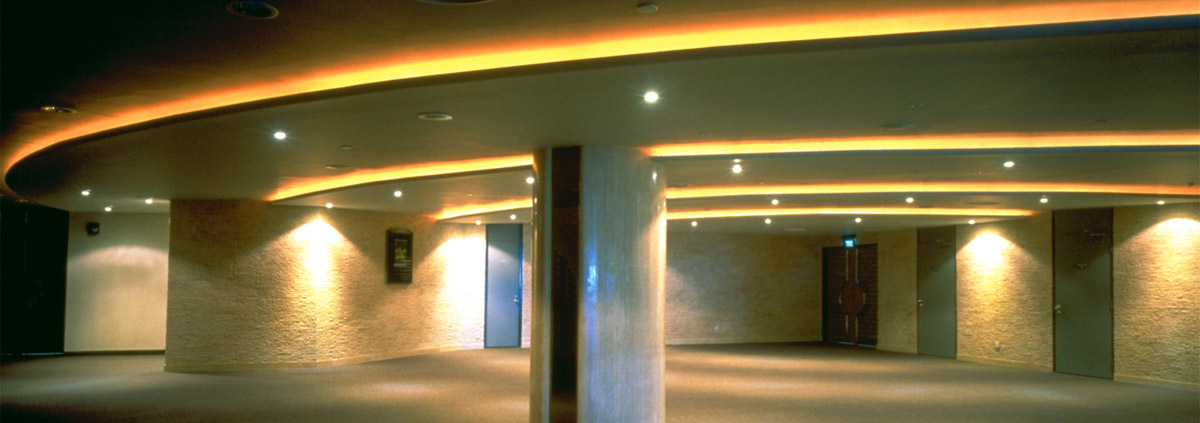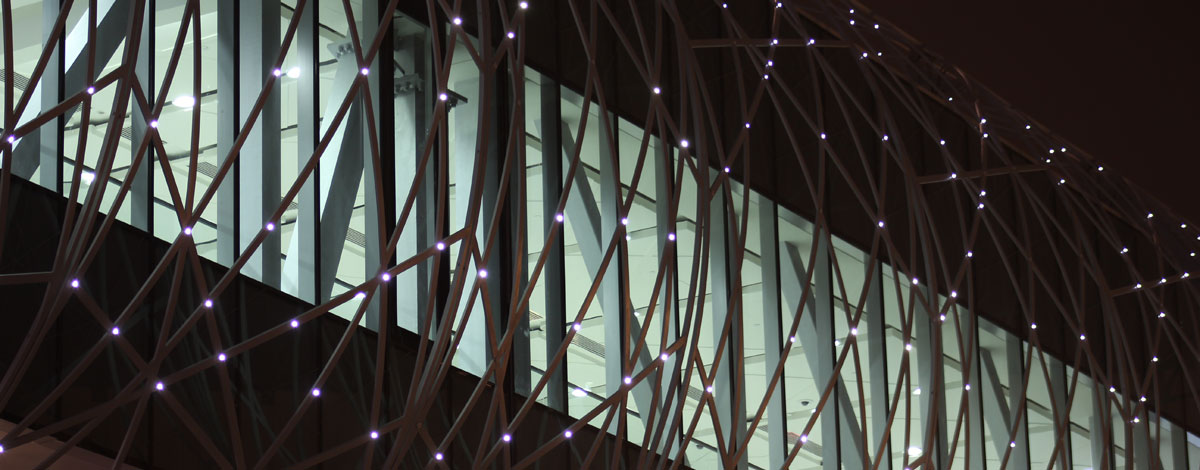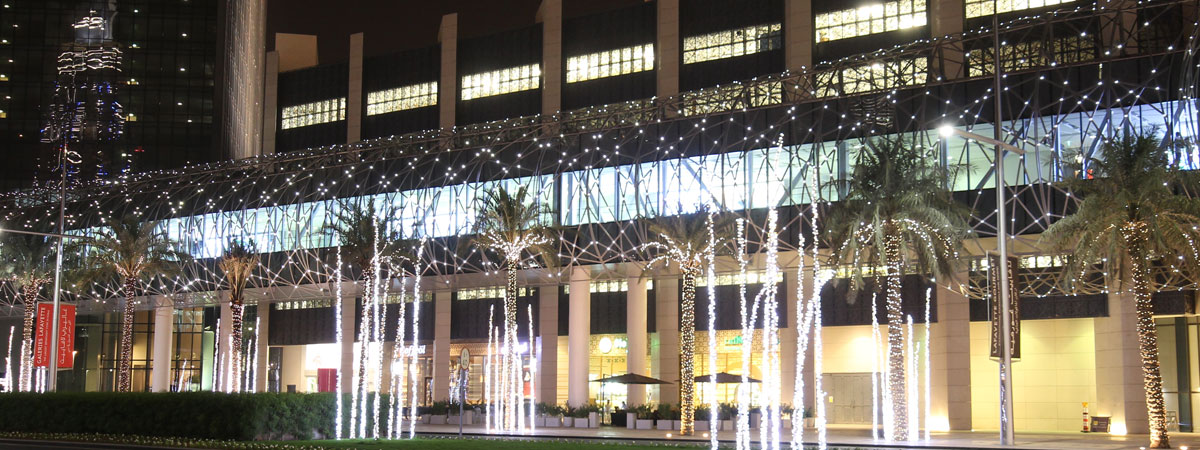CHAMP Licht ... Frequently asked Questions
- Which LED light colors exist?
Cool white (cw), warm white (ww), yellow (amber), blue, green, red. In the case of RGB lights in connection with corresponding control electronics like the RGB-Flex Controller # 6552, you can realize thousands of different shadings by differently triggering the colors red, green and blue (analogous to TV devices).
- What do the IP standards indicated on the products mean?
IP00
Not protected.
IP20
Protected against solid foreign objects > 12 mm. No protection against water.
IP55
Dust-protected. Protected against water jets. Water projected by a nozzle against the enclosure from any direction shall have no harmful effect.
IP64
Dust-tight. Protected against splashing water. Water splashing against the enclosure from any direction shall have no harmful effect.
IP65
Dust-tight. Protected against water jets. Water projected by a nozzle against the enclosure from any direction shall have no harmful effect.
IP66
Dust-tight. Protected against heavy seas. Heavy seas or water projected in powerful jets must not ingress into the enclosure.
IP67
Dust-tight. Protected against the effects of immersion. Ingress of water in harmful quantities shall not be possible when the enclosure is immersed in water under defined conditions of pressure and time.
IP68 - What do the service life details for the lights / luminaires mean?
In the case of incandescent lamps (including those filled with halogen, krypton or xenon) we speak of an average service life or 50% fault rate. That means that statistically speaking half of the luminaires will still work after the stated time has elapsed.
These values are determined in the laboratories of the luminaire manufacturers according to partially very old international regulations under clearly defined operating conditions. These conditions (particularly at temperatures of e.g. 25°C) don't have much in common with the real use in an application, but should only allow for comparisons under identical conditions.
In the case of discharge lamps (also luminescent tubes, etc.) and LEDs, the terms economic or recommended service life are used. These terms express that it is recommended to replace the lamp after the mentioned period as the luminaire has fallen below predefined limit values for brightness or color. These time designations don't mean that the luminaire will fail, but that the values (e.g. 50% of the initial brightness) are no longer reached.
Of course there may be earlier failures like with all technical things, they are, however, included in the overall statistic figures.
In any such cases the details are only reference points. The so-called »Weibull distribution« which is not explained here allows for a more precise statistic statement.
In everyday usage, the expected service life is often not reached as the supply voltage, freedom from vibrations, humidity, temperature or other conditions don't correspond to the mentioned laboratory conditions. - What do the Ta temperature indications for the products mean?
These are the recommended maximum ambient temperature limits at which the stated power of the lights, power supply units, etc. are still safely achieved in consideration of the self-heating of the product during operation.
The storage temperatures (i.e. when not in use) at which no damages occur to the product are always clearly higher, at least by the value which would have to be added due to the self-heating during operation plus the included reserve.
This aspect is often important when a light is installed, for instance, at a building which is very warm during the day, but the light is only operated at night.
Exceeding this recommended ambient temperatures can have different effects, depending on the product:
In the case of power supply units and transformers you must expect that the integrated safety temperature switch will trip after some time, switching the device off until it has cooled down (sometimes you must additionally switch the device off and on again).
In the case of LED luminaires, less light will be emitted than planned and if the temperature limits are constantly exceeded or to a greater extent, it will result in a reduction of the service life.
In the case of other lights (like incandescent lamps), the ambient temperature has an equally strong effect on the service life (see FAQ service life).
In the case of lights with plastic components (e.g. some Cliplight models), the Ta indication means that up to this value no damages will occur to the light in consideration of the strong self-heating of the luminaire. This is particularly important for an expert if these lights are to be installed in confined spaces like cabinets or show-cases in order to be able to assess the required air supply.
















